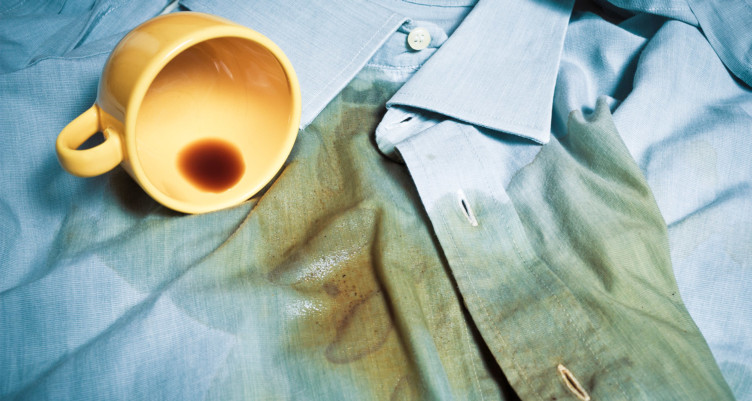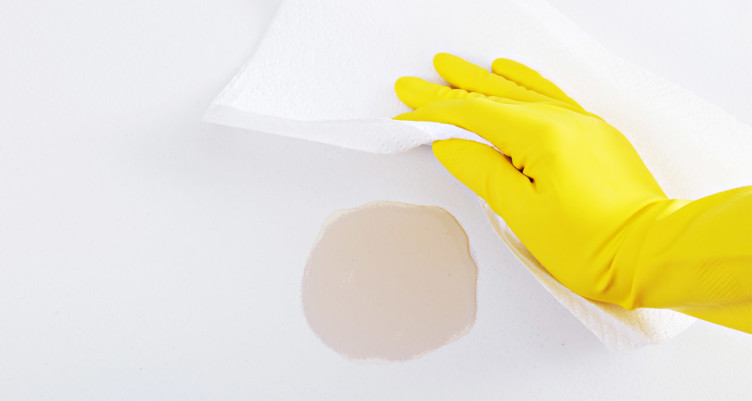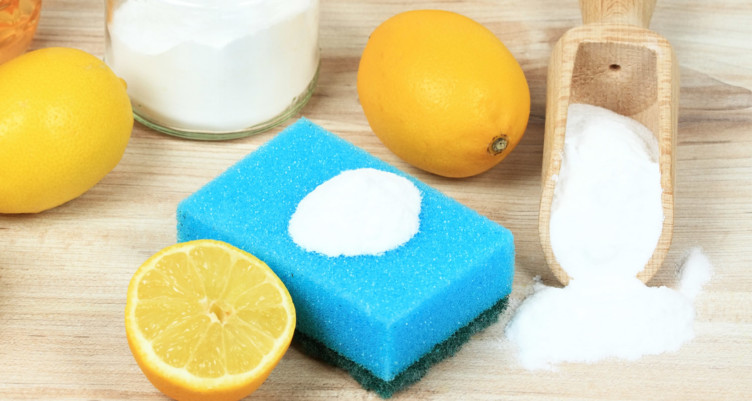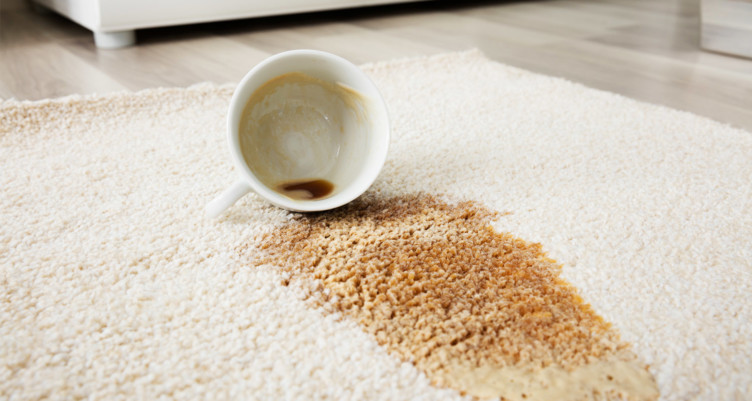How to Remove Coffee Stains (and Bulletproof Coffee Stains)
- Coffee stains are notoriously difficult to remove. They usually contain a mix of substances that require specific cleaning methods. So annoying.
- Before you start scrubbing, think about what you spilled. If you added butter and Brain Octane Oil to your brew, water and soap won’t cut it.
- Black coffee stains can be removed with cold water and an oxidizing agent. Bulletproof coffee stains can be cleaned with a mix of soap, cold water, and an enzymatic cleaner.
- For stubborn stains, a white vinegar solution is your best friend.
Whether you prefer your morning brew hot, iced, strong, or sweet, one universal truth unites all coffee drinkers: at some point, you’re going to spill it, and it will stain like no other.
This is especially true if you’ve ever spilled a mug of Bulletproof coffee. Sure, all of those tasty fats will help you feel full and increase your focus — but they also require a little more TLC to remove than a regular coffee stain.
Look, you’re human. Accidents happen. Here’s what you should know about the chemistry of spillage — and how to actually remove coffee stains without damaging your fabrics.
Stains 101

Why does coffee leave such a stubborn stain, but other liquids vanish with some soap and water? It all depends on what that stain is composed of, chemically speaking.
There are a few different types of stains, and each requires a different treatment:
- Oxidizable: Highly pigmented spills like coffee, tea, red wine, and ink
- Surfactant: Oil-based spills like grease, fat, and butter
- Enzymatic: Protein-based stains like blood, grass, and sweat
- Particulate: Stains composed of dirt particles like garden soil, clays, and sand
Plenty of stains consist of more than one substance, which is what makes them so tough to treat.
Coffee is considered an oxidizable stain. That means it can be removed with an oxidizing agent, which removes color from the affected area by blasting it with oxygen molecules. For these stains, look for an oxygen-based or all-fabric bleach with sodium percarbonate.
Oil is considered a surfactant stain, meaning it can be removed with a surfactant like dish soap. On a molecular level, the surfactant molecules surround the oil molecules when they’re suspended in water. That makes it possible for you to scrub away oils with soap, water, and a little elbow grease.
Back to your spilled cup of coffee. Depending on what you’ve mixed into your mug (Brain Octane Oil, butter, sweetener, or what have you), you’ll have a few different substances to deal with.
The best way to remove coffee stains is to have a multi-pronged approach. Here’s your action plan.
How to remove coffee stains
Pretreat

As soon as you spill, blot the area with a towel (or a frantically pilfered napkin) to soak up as much of the coffee as possible. Resist the urge to scrub the fabric.
Once you’ve absorbed all the excess java, dilute the stain with cold water to prevent the color from setting. Turn the fabric around to soak the back of the stain, too.
Clean

Still dealing with a stubborn stain after the area has dried? No worries — sodium percarbonate will get the job done. This oxygen-based bleach is made for oxidizable stains, and it’s what your local barista uses to clean their espresso machine. So, it’ll zap the coffee out of your fabric in no time.
It’s gentle enough to use on colored fabrics, but it’s still a bleaching agent. So, before you soak your favorite sweater, test a small, discreet area to make sure it won’t harm the fabric or color.
Follow the manufacturer’s instructions to properly dilute the sodium percarbonate. Soak the fabric in the solution. Then, wash the fabric as usual.
If you’ve spilled coffee on carpet or furniture, you can still use sodium percarbonate. Mix the solution and then use a clean towel or brush to gently work it into the stain. Blot the stain with a dry cloth. Then, “rinse” the area with a clean towel dipped in cold water. Blot dry again. (You’re going to need a lot of towels.)
If you added anything to your coffee — like cream, Brain Octane Oil, or ghee — follow the steps below.
How to remove Bulletproof Coffee stains

A Bulletproof Coffee stain is special because it contains an oxidizable substance (coffee) and organic oils (tasty, tasty butter). In addition to an oxidizing agent, you’ll need a surfactant, like a gentle dish soap, and an enzymatic cleaner. These cleaners use enzymes to break down biological substances like fats and oils.
Wipe up the excess coffee with gentle blotting motions. Then, follow these steps:
- Scrub the area with soap and lots of cold water. Rinse away the soap completely.
- Use an enzymatic cleaner. Follow the manufacturer’s instructions. Make sure you spot-test the cleaner in a discreet area to make sure it won’t damage your fabric.
- Rinse with cold water.
- Soak the fabric in a sodium percarbonate solution. Dilute the solution according to the manufacturer’s instructions. Then, wash with cold water. Bask in your clean fabric.
For tough stains that just won’t quit, try white vinegar. When all else fails, this handy acid can dissolve away virtually any type of stubborn stain, but make sure you dilute it — one part vinegar to two parts water is a good rule of thumb. Use a spray bottle to saturate the area, and then blot dry. Rinse with cold water.
Related: How to Clean and Detox Your Home Naturally (With 5 Recipes for Homemade Cleaners)
Coffee stains can be tenacious, but you can tackle any spill with the right tools. Ultimately, stains are just a risk you have to take when you’re enjoying your morning brew. Worth it? Definitely.
Now, go forth and brew — and remember to sip carefully.
Sign up for early access to sales, product launches, the latest Bulletproof news and more!



